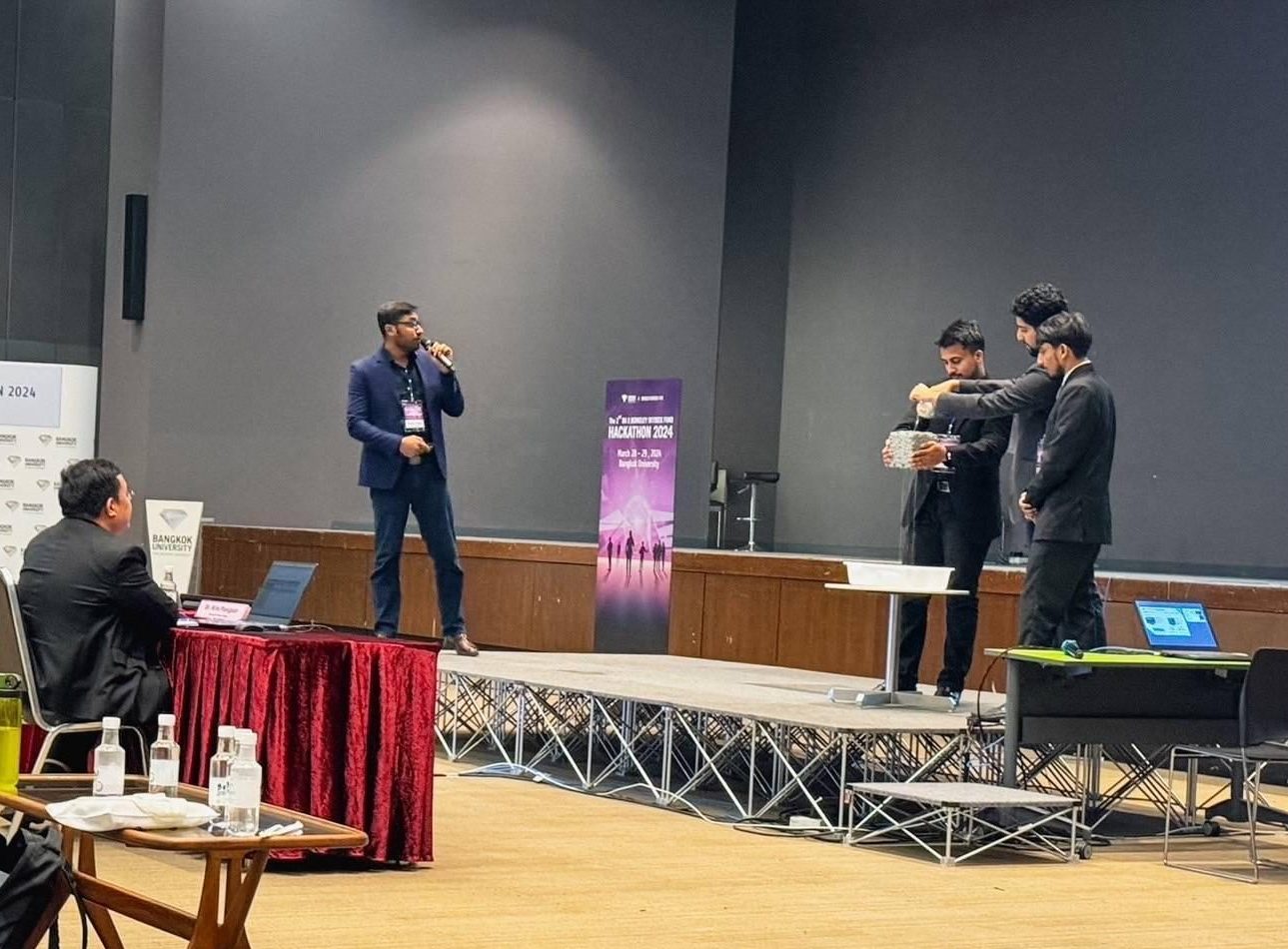Prof. Said Irandoust, President, AIT, remarked that the lessons are
relevant not only for Thailand, but also for other countries in Asia
and beyond. Narrating the developments leading to the flood at AIT, the
President remarked that the Institute tried to utilize its own
knowledge base, besides its internal and external expertise, to thwart
the threat of the flood “However the forces of nature proved to be too
strong,” he added.
Prof. Irandoust added that AIT never stopped working despite the
flood, and the Institute was one of the first institutions of higher
learning to restart academic activities. “We plan to rebuild AIT as a
sustainable environmentally friendly campus that will act as a showcase
for the rest of the world,” he added.
The AIT President added that the Institute will organise more seminars
to help facilitate knowledge sharing and exchange of views. AIT will
continue to help in capacity building for flood protection, and plans
to be a knowledge hub for sharing data pertaining to water
management.
Mr. Swarup Roy, founder and CEO of ASEAN Affairs remarked that it is
people who will have to act to “Save Our Planet”. Stating that we need
an Arab Spring to save the planet, he stated that the issue has to be
resolved by the power of the people. He quoted the prominent scientist
Dr Art-ong Jumsai Na Ayudhya who had predicted that Bangkok would be
underwater in his lifetime. We have poisoned the air, water and earth,
and we are doing awful things to the three awesome elements that
sustain life, he added.
Dr. Pornsak Suppataratarn, Technical Advisor (Flood Control Expert)
TEAM Group of Company presented a simulation on the flow of flood
waters in Thailand. He remarked that though the rainy season in
Thailand is from May to October, 80 per cent of rainfall occurs between
August to October.
He presented flood mitigation concepts, along with both short-term
plans and long-term measures to thwart any further flood disaster in
Thailand. Repairing of damage, flood control facility, and
strengthening of dykes were listed as important short-term plans by Dr.
Pornsak. He suggested that a Ring Road project created with an
investment of 300,000 million Baht could emerge as a major flood
protection measure in Thailand.
Dr. Masahiko Nagai, Associate Director, Geoinformatic Center (GIC),
AIT elaborated on the work done during the flood in Thailand. He
remarked that immediately after the declaration of the International
Disaster Charter, AIT’s GIC produced satellite images and shared them
with various agencies in Thailand as well as globally. AIT’s students,
including doctoral students were involved in producing these images, he
added. Dr. Nagai, who was also project manager during the International
Disaster Charter activated during the tsunami in Japan earlier in March
2011, is now producing maps based on satellite imagery following the
flash flood in the Philippines.
Dr. Waheed Uddin, Professor of Civil Engineering and Director, CAIT,
University of Mississippi, USA. and AIT alumnus (1975) remarked that
the Early Warning System (EWS) in US had helped create a system where
the number of fatalities following natural disasters like flood had
reduced dramatically. Dr. Waheed added that communities have to be
prepared for natural disasters, and there is a need to rely on social
media to help communicate with each other. He stressed the need to
investigate the cost of human trauma following a disaster. He also made
a detailed presentation on the use of LIDAR as a technology for flood
disaster prevention and infrastructure planning.
The presentations delivered by the delegates can be downloaded from
these links.
Save Our Planet by Mr. Swarup
Roy
2011 Flood of the Century by
Dr. Pornsak Suppataratarn
Sentinel Asia and International
Disaster Charter for flood in Thailand by Dr. Masahiko
Nagai
Airborne
LIDAR Remote Sensing and Geospatial Technologies for Flood
Disaster Prevention and Infrastructure Planning by Dr. Waheed
Uddin








